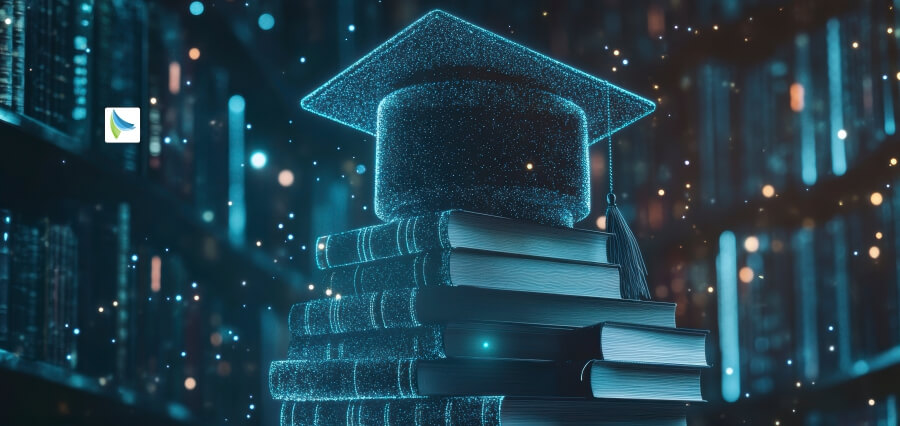The Campus of Tomorrow
In a time where technological change, variable lines of workforce, and global interconnectedness are the norm, Future-Ready Universities is no longer a dream-like rhetoric but a strategic reality. These schools no longer aim to provide traditional undergraduate programs on a predetermined four-year basis; the most innovative institutions of higher learning are becoming living ecosystems promoting lifelong learning, innovation, and adaptability to serve society.
Rethinking the Role: Lifelong and Inclusive Learning
Amid Future‑Ready Universities is the redefined educational mission. Instead of catering only to full-time recent high-school graduates, these institutions cater to a wide variety of learner groups, including working adults, re‑skilling professionals, seniors, early-college and dual-enrolled students, and lifelong learners at all life stages. This growth is a dedication to modular credentials, micro-credentialing, and stackable certificates, which are flexible and accessible. This transition allows the universities to stay relevant in the lifetime of an individual by providing on-demand reskilling and career development paths instead of a single degree.
Curriculum for Complexity: Interdisciplinary, Experiential, AI‑Aware
Uncertainty of the modern world requires more than specialization in information. Future‑Ready Universities are focused on interdisciplinary learning and integrating engineering, data science, humanities, and social sciences to produce solutions to the problems of our time in highly creative and collaborative ways, such as climate change, cybersecurity, and public health crises.
Another pillar is experiential learning: co-op programs such as those at Northeastern University, internships, project-based learning, and industry-sponsored real-world cases allow students to rapidly close the gap between theory and practice.
Meantime, AI is more in the spotlight, not only as an instrument but as course material. Universities like Ohio State now integrate AI fluency into all majors, and adaptive frameworks using AI deliver one-on-one learning feedback, early alert, and mass-scale student support.
Campus as Innovation Ecosystem: Infrastructure & Industry Partnership
Future‑Ready Universities are reimagining their physical and digital infrastructure. Lecture theaters are being replaced by more informal, collaborative environments with high-speed WiFi, multiple screens, mobile connectivity, and flexible furnishings that encourage two-way communications. Universities around the world are reorganizing their real estate, and some even opening downtown, CBD campuses, in rented heritage buildings, to capture international students and orient themselves within the urban innovation precinct.
Technology-enhanced learning environments now encompass VR surgical simulations in medical schools, AR prototyping facilities in engineering, and virtual language immersion worlds, all of which are components of the Future-Ready University vision.
Guest lectures are not the only form of industry-university cooperation. Curricula are co-designed by advisory boards; hackathons take place in innovation hubs; startups are incubated in co-working spaces. Students address industry issues, have professional mentors, and join the workforce already networked and with experience.
Nurturing Skills for Uncertain Futures
It is no longer sufficient to be academically rigorous. Future-Ready Universities prioritize adaptability, creativity, emotional intelligence, resilience, and digital fluency, all skills that are in line with McKinsey’s discoveries regarding future workforce readiness.
Institutional outcomes of student well-being and life-skills development can also be observed, such as the mandatory coaching-style programs offered by Heriot-Watt University Malaysia, supportive of self-discovery and personal advancement. Such extended results can be validated through inclusive, student-centered pedagogies that demand active, customized learning (spaced learning, problem-based engagement, peer collaboration, and real‑time feedback systems) as opposed to the homogeneous generic lectures.
Sustainability, Global Citizenship, and Equity
A Future-Ready University is keen on sustainability in all its operations and learning. Green building leads many initiatives and renewable energy campuses and incorporates environmental literacy and sustainable innovation into degree programs. The rise of Arizona State University into a sustainability powerhouse and the producer of chipsets used to supply the world economy reveals how universities can spur environmental and economic change.
Other values include equity, inclusiveness, and connectedness to the world. Institutions expand access to underprivileged or underrepresented students, ensure that their facilities are both digital and physical, and foster cross-cultural competence via virtual and physical global mobility.
End Note
Future-Ready Universities are the next step towards a new era of higher education. Learning is being reinvented in these institutions to support all municipalities in all periods of life, embrace AI and immersive technology, be industry-aligned, promote the principles of sustainability and global citizenship, and encourage life and career skills as well as academic learning. Universities transform into innovation centers and agents of change in society, reshaping what a campus is and can be. By doing so, we don’t only prepare students to be ready tomorrow but also contribute to a more resilient, inclusive, and innovative world.
Read More : Elevating Higher Education Excellence












